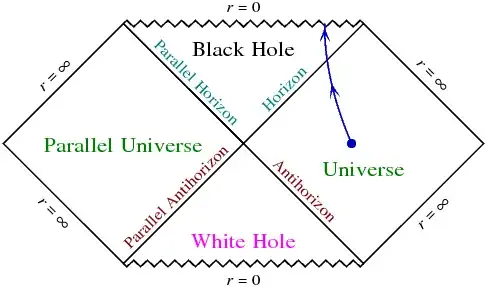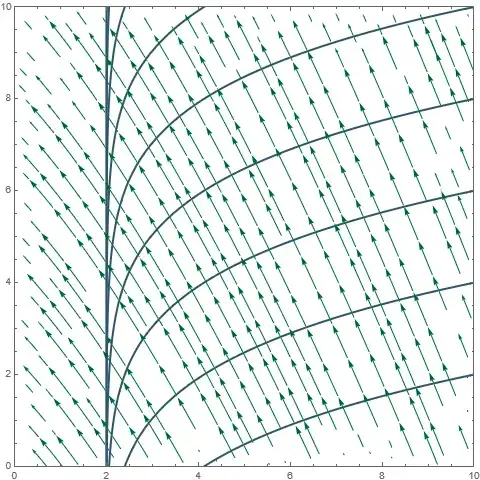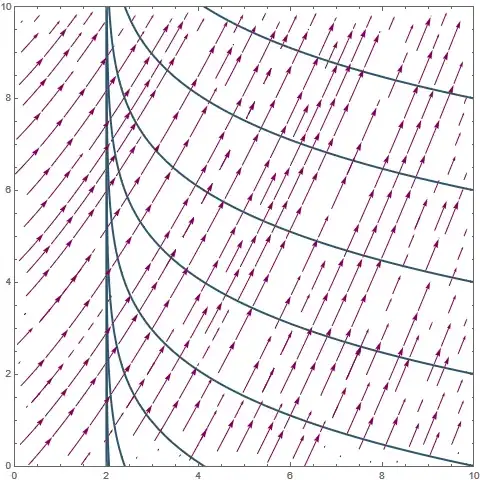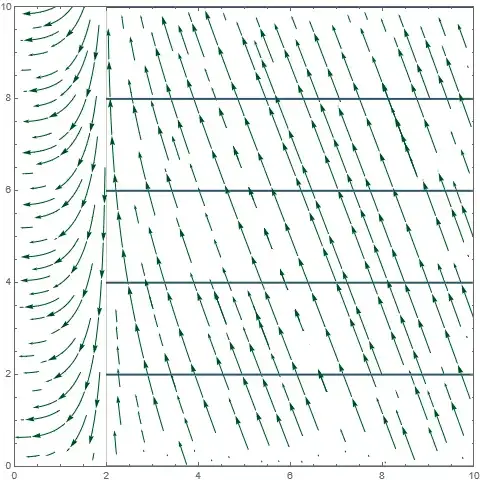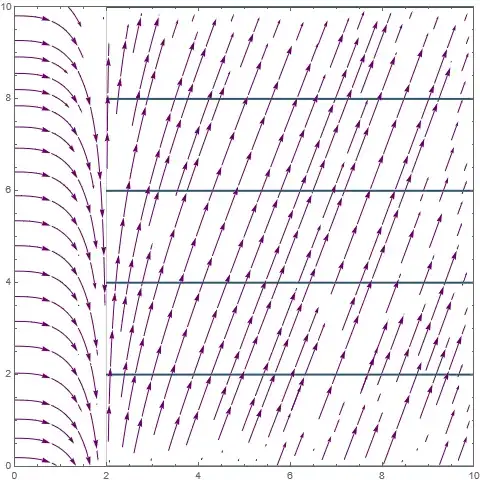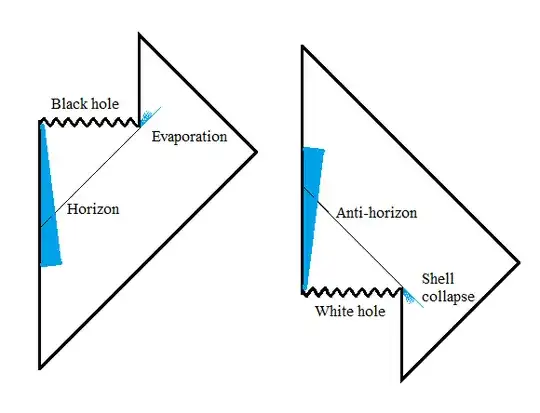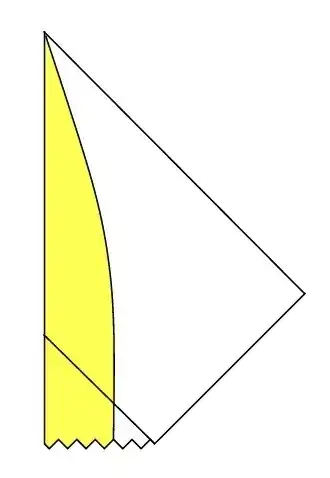Assuming classical physics (no Hawking radiation), spherical symmetry, and no charge, Penrose diagrams are well known for the maximally extended Schwarzschild solution, for the theoretical (not maximally extended) black hole, and for a real astrophysical black hole.
Maximally extended solution:
Theoretical (not maximally extended) black hole. It is easy to see that this diagram is the upper-right part of the diagram above for the maximally extended solution:
Astrophysical black hole:
A white hole is a time reversed black hole with the same metric. We can easily plot a Penrose diagram for a theoretical (not maximally extended) white hole by vertically flipping the second diagram above. The result would look like the lower-right part of the first diagram above for the maximally extended solution.
The resulting diagram would represent a white hole that ho longer exists - nothing can fall toward it, although if it radiated in the past, we might still see its radiation.
The full vertical flip represents the time reversal everywhere, both inside and outside the horizon. However, the Schwarzschild metric is time symmetric outside the horizon. Since reversing time outside does not change anything, we may not have to vertically flip the right part of the diagram outside the horizon. By keeping this part intact we should create a diagram of a white hole that still exists and can attract matter to fall toward it. (Please note that outside the antihorizon white holes attract matter exactly the same way as black holes do.)
It is however unclear how to time reverse the left part of the diagram (inside the horizon) without moving it down from the future to the infinite past.
While we are not aware of any physical process that could lead to the formation of white holes, we still can consider their hypothetical existence just as a thought experiment based on the math of the Schwarzschild solution. We also cannot completely rule out the existence of primordial black holes created by the Big Bang perhaps in a process that may not be fully understood (e.g. some Quantum Gravity process). This question is about such a hypothetical astrophysical white hole that could still exist somewhere and attract matter by its gravity.
I realize that light rays or objects falling to such a white hole cannot cross the antihorizon, so their geodesics must become incomplete by ending the proper time (or the affine parameter) at the antihorizon. This represents an asymmetry beyond the time reversal implying that the described procedure may be invalid and thus the existence of such white holes may be impossible even hypothetically.
QUESTION: What is a Penrose diagram of a hypothetical astrophysical white hole, not the theoretical one that exists in the infinite past, but the one that still exists (e.g. primordial) and can attract matter?
(CLARIFICATION: This question is not about the maximally extended solution.)
Or must all hypothetical white holes exist only in the infinite past without a possibility of any matter falling toward them?
